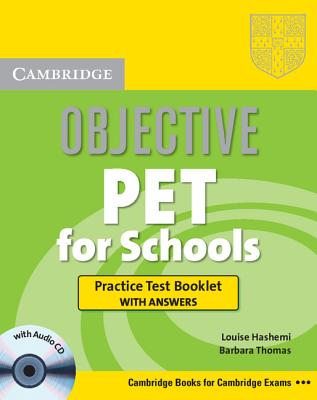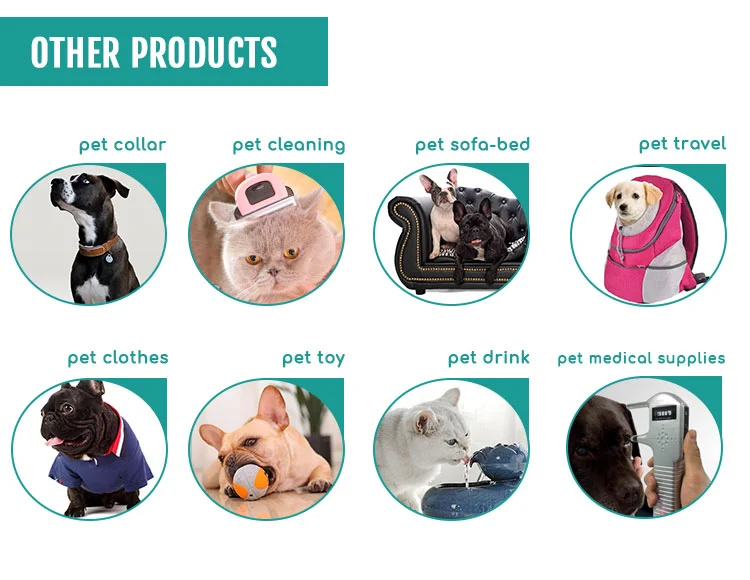The Ultimate Guide to Ideal Classroom Pets: Choosing the Perfect Companions for Your Students
Guide or Summary:Benefits of Having Ideal Classroom PetsTypes of Ideal Classroom PetsConsiderations for Choosing Ideal Classroom PetsConclusion: Making the……
Guide or Summary:
- Benefits of Having Ideal Classroom Pets
- Types of Ideal Classroom Pets
- Considerations for Choosing Ideal Classroom Pets
- Conclusion: Making the Right Choice for Ideal Classroom Pets
**Ideal Classroom Pets** (理想的课堂宠物) are an excellent way to enhance the learning environment, foster responsibility, and create a sense of community among students. In this guide, we will explore various types of classroom pets, their benefits, and considerations for teachers looking to introduce these animals into their classrooms.
Benefits of Having Ideal Classroom Pets
Having **ideal classroom pets** can significantly enrich the educational experience for students. These pets can teach children about empathy, responsibility, and the natural world. When students engage in the care of a classroom pet, they learn valuable life skills such as teamwork, communication, and respect for living beings. Moreover, pets can reduce stress and anxiety, making the classroom a more enjoyable place for both students and teachers.
Types of Ideal Classroom Pets
When considering **ideal classroom pets**, it is essential to choose animals that are low-maintenance, safe, and suitable for a school environment. Here are some popular options:
1. **Hamsters**: These small rodents are easy to care for and can be quite entertaining to watch. They require a small enclosure, bedding, food, and water, making them a manageable choice for classrooms.

2. **Fish**: An aquarium filled with colorful fish can brighten up any classroom. Fish require minimal interaction, making them a low-maintenance option. However, it is essential to educate students on proper tank care and the importance of a healthy aquatic environment.
3. **Guinea Pigs**: These friendly rodents are social animals that enjoy interaction. They require a larger enclosure than hamsters but are relatively easy to care for. Guinea pigs are known for their gentle nature, making them great companions for students.
4. **Rabbits**: While they require more space and care than smaller pets, rabbits are affectionate and can be litter-trained. They can provide valuable lessons in responsibility and compassion.
5. **Reptiles**: For classrooms looking for something unique, reptiles like turtles or lizards can be ideal. They require specific habitats and care, so it's crucial to ensure that students understand their needs.

Considerations for Choosing Ideal Classroom Pets
When selecting **ideal classroom pets**, teachers must consider several factors:
1. **Allergies**: Before introducing any pet into the classroom, it's vital to check for allergies among students. Some animals, like cats or dogs, may trigger allergic reactions, while others, like fish or reptiles, are less likely to cause issues.
2. **Time Commitment**: Different pets require varying levels of care. Teachers should assess their availability to ensure they can commit to the needs of the pet throughout the school year.
3. **Budget**: The cost of acquiring and maintaining a classroom pet can vary significantly. Teachers should consider initial setup costs, ongoing food, and care expenses when making their decision.

4. **Educational Value**: The chosen pet should have educational potential. Teachers can use classroom pets to teach lessons about biology, responsibility, and empathy, making the experience more enriching for students.
Conclusion: Making the Right Choice for Ideal Classroom Pets
In conclusion, **ideal classroom pets** can play a pivotal role in creating a dynamic and engaging learning environment. They offer numerous benefits, from teaching responsibility to providing emotional support. By carefully considering the type of pet, the needs of the students, and the overall classroom environment, teachers can make informed decisions that will enhance their students' educational experiences. Whether it's a hamster, fish, guinea pig, rabbit, or reptile, the right classroom pet can become a beloved member of the school community, fostering connections and learning opportunities for years to come.